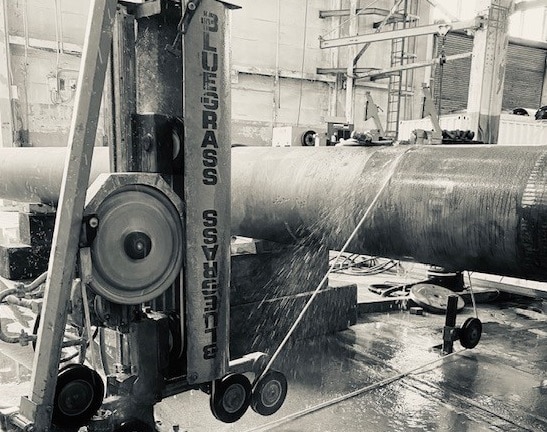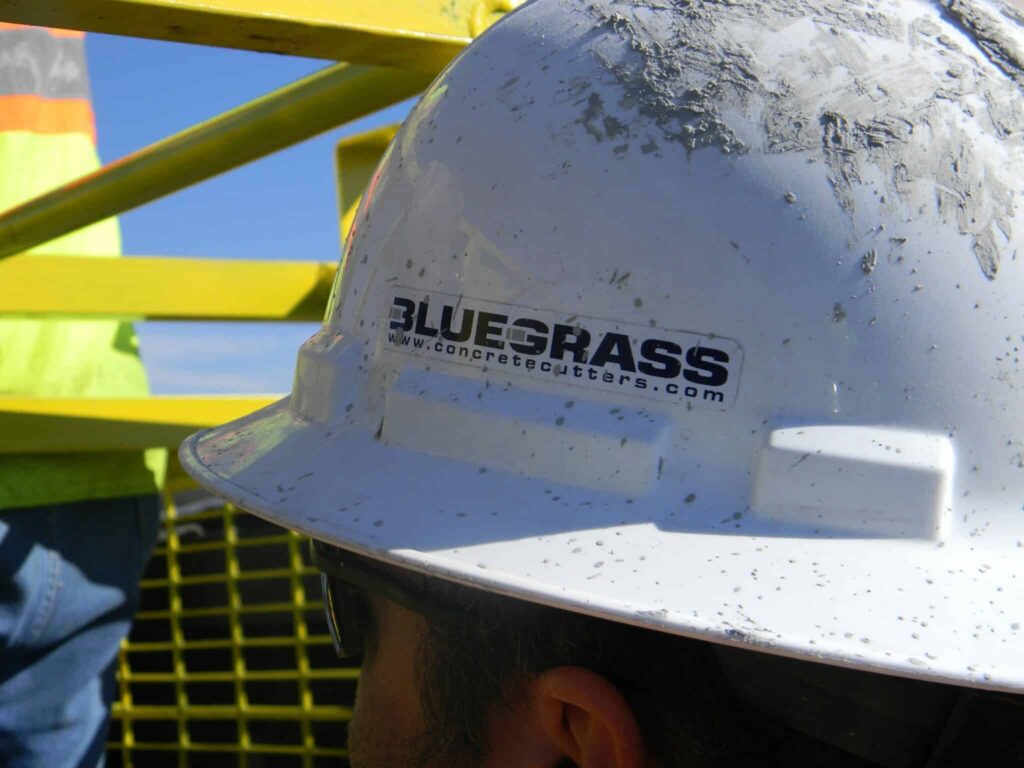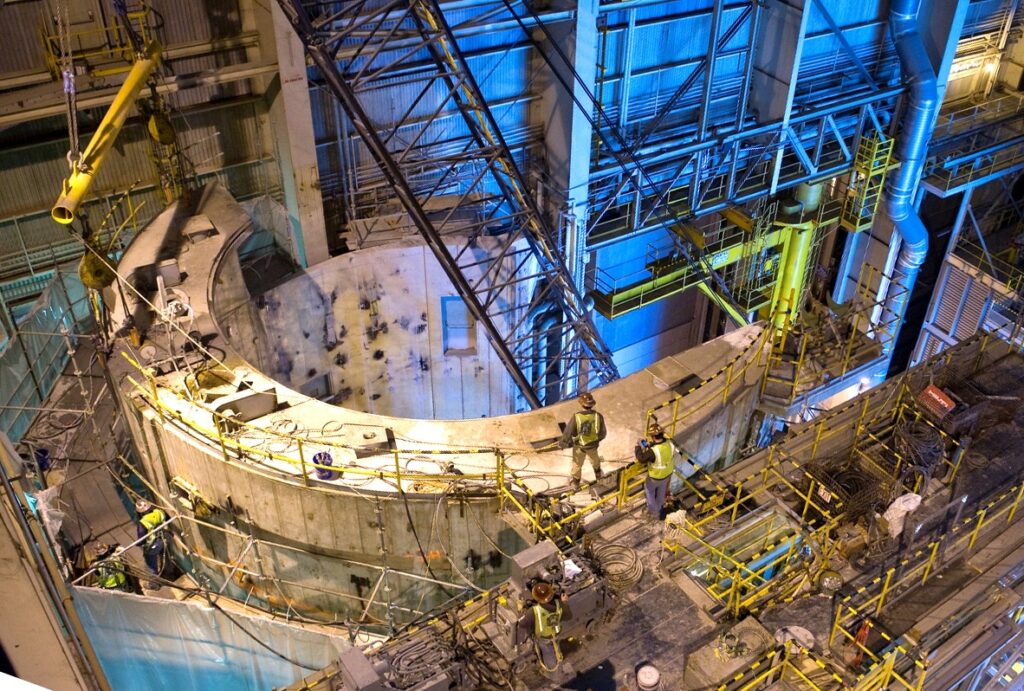Leading the industry since 1979, our cutting technologies, credentials, and rapid response capabilities have proven to enhance safety, maximize production, and reduce schedule while minimizing the impact to workspace, adjacent operations, and environment.

Leading the industry since 1979, our cutting technologies, credentials, and rapid response capabilities have proven to enhance safety, maximize production, and reduce schedule while minimizing the impact to workspace, adjacent operations, and environment.


Every job we undertake, regardless of size and scope, is supported by an experienced team of engineers, machinists, mechanics, project managers, and administrative staff. Our resources include people, technology, equipment, and expertise in the heavy industrial, heavy civil, nuclear, and offshore industries. We provide clients and partners with feasibility reports, engineered solutions and demonstrations.




